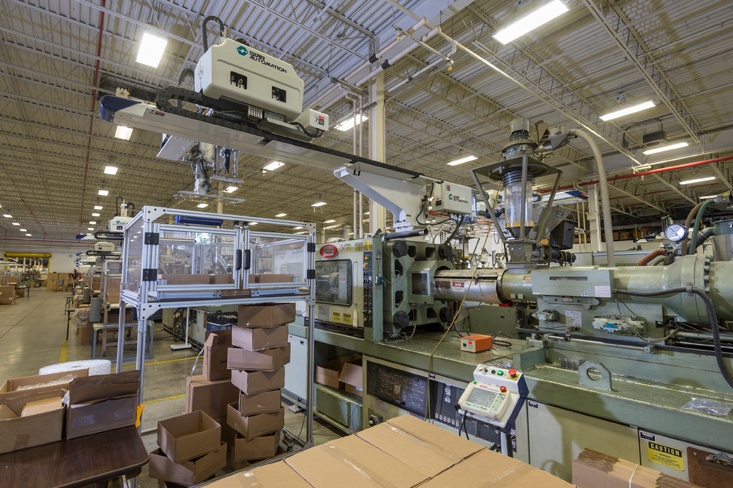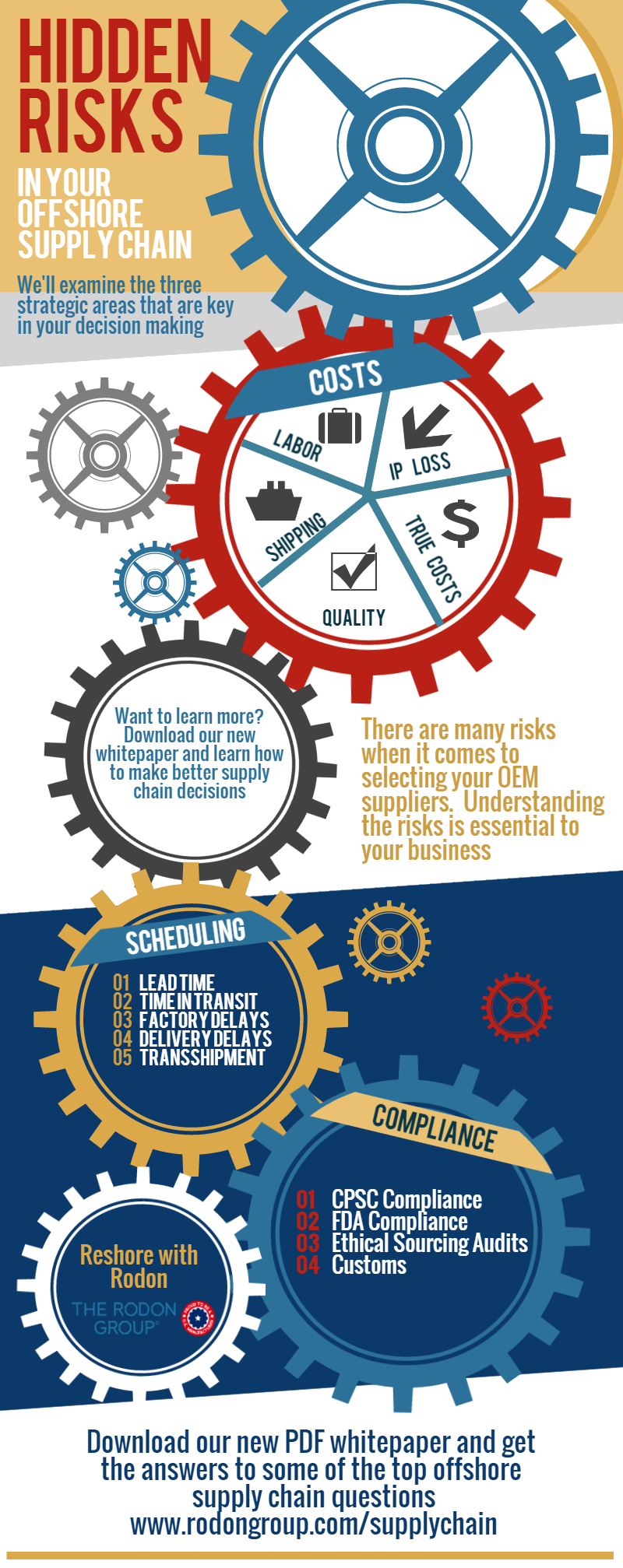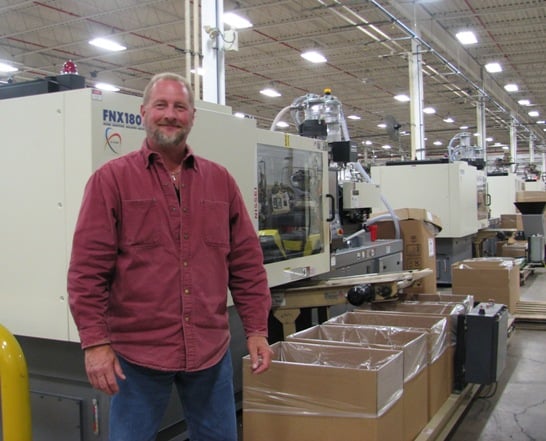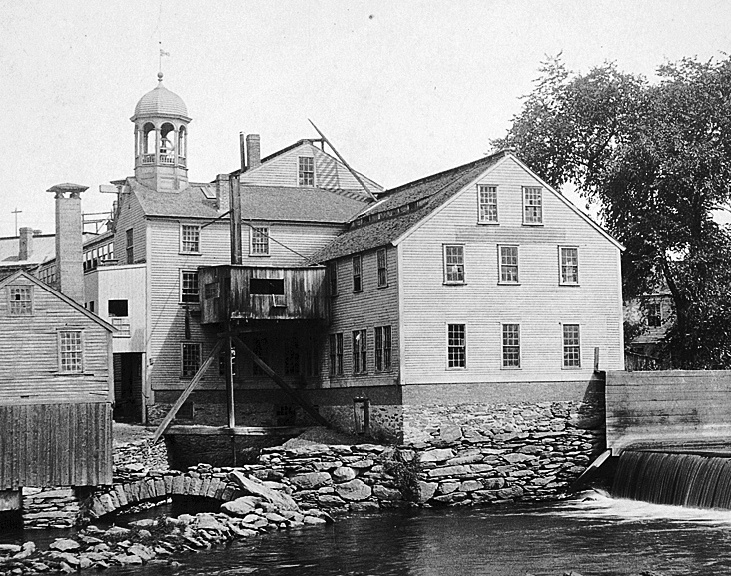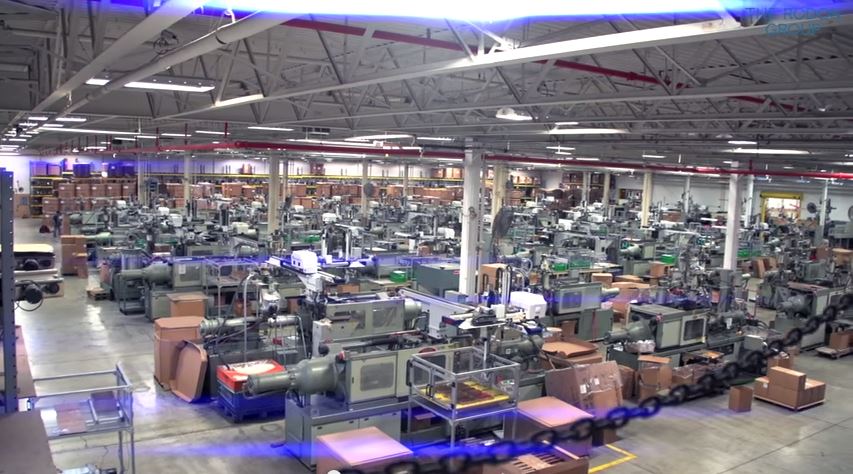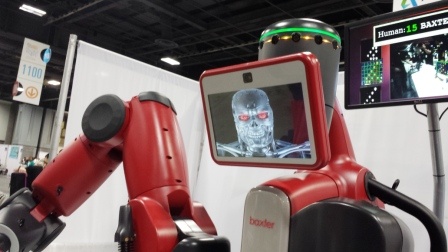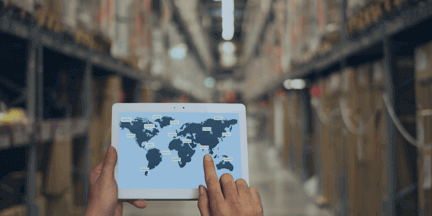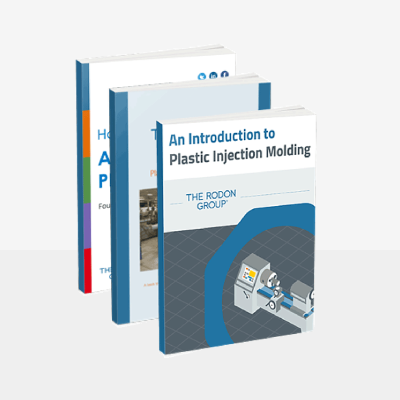What Exactly is Turnkey Manufacturing?
Turnkey manufacturing is a full-service manufacturing process in which one company sees through all aspects of a client’s project — from design to tooling to quality control to packing and shipping, leaving the customer with a finished, ready-to-use product.
There are numerous benefits to turnkey manufacturing, from cost savings to streamlined communication. Below, we’ll explore some of these advantages.







